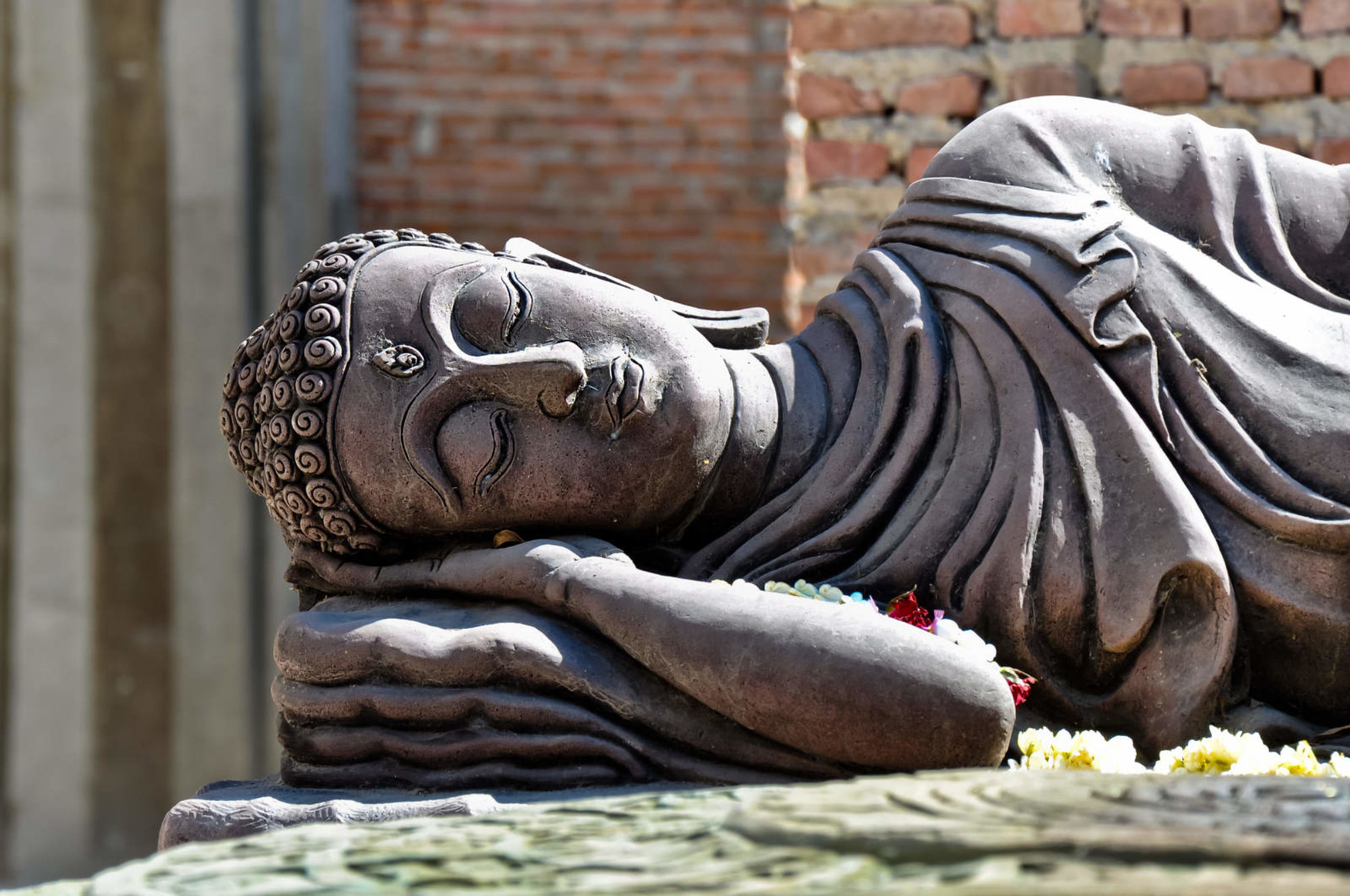“The dream is a little hidden door in the innermost and most secret recesses of the soul, opening into that cosmic night which was psyche long before there was any ego-consciousness, and which will remain psyche no matter how far our ego-consciousness extends. For all ego-consciousness is isolated; because it separates and discriminates, it knows only particulars, and it sees only those that can be related to the ego. Its essence is limitation, even though it reach to the farthest nebulae among the stars.
All consciousness separates; but in dreams we put on the likeness of that more universal, truer, more eternal man dwelling in the darkness of primordial night. There he is still the whole, and the whole is in him, indistinguishable from nature and bare of all egohood. It is from these all-uniting depths that the dream arises, be it ever so childish, grotesque, and immoral.” – Carl Jung, “Civilization in Transition”
 These words by Carl Jung paint a picture of the eternal and oceanic qualities of the unconscious. All of human experience and potentiality may be contained in its vastness. It is from this sea that dreams arise. Because of the impersonal quality and omniscient view of the unconscious, it offers, through our dreams, a very different perspective on our life circumstances than our personal ego consciousness with its blinders and biases.
These words by Carl Jung paint a picture of the eternal and oceanic qualities of the unconscious. All of human experience and potentiality may be contained in its vastness. It is from this sea that dreams arise. Because of the impersonal quality and omniscient view of the unconscious, it offers, through our dreams, a very different perspective on our life circumstances than our personal ego consciousness with its blinders and biases.
Collective content & personal content in dreams
Most of the images in dreams come from the personal unconscious – they include people you know, places you’ve been, and are related to things you’ve experienced or are experiencing. Working to relate to personal unconscious content in dreams helps to enlarge the personality. We take responsibility for ‘our stuff’ which, when not owned, is unconsciously projected onto others. This can look like blaming others, feeling powerless or like a victim, and giving one’s power and inner authority away to other people.
Collective content in dreams can be observed when a symbol arises in a dream that you don’t personally relate to or that is not connected with your personal experience.
Some examples might include a dream of:
- an ocean with or without a boat
- a baby with special awareness
- being in a bath or being baptized in water
- an area or dream setting that is square, rectangular or circular
- being pregnant when you are not pregnant in real life
- a holy figure (e.g. God, Christ, Buddha, Moses)
- a stone
- getting married, perhaps when the bride or groom with you is unknown or not your actual partner
When such universal images arise, we consider whether they are archetypal images and explore them as symbols of transformation and direction from the collective unconscious. But why seek the direction of the unconscious?
When we are approaching circumstances in our waking life in a problematic or one-sided way, Jung suggests that our wise inner guide in the unconscious may produce a dream symbol with powerful emotion attached to it – something profoundly moving, inspiring or galvanizing – to guide us back to a path or attitude that is more life-giving.
Working with this collective unconscious content and considering its guidance awakens a deep feeling, or even a quiet hunch, that we are guided by a Divine Presence within that is much greater and wiser than ourselves. We are not alone, not invisible, and there is an undeniable personal path forward for us.

